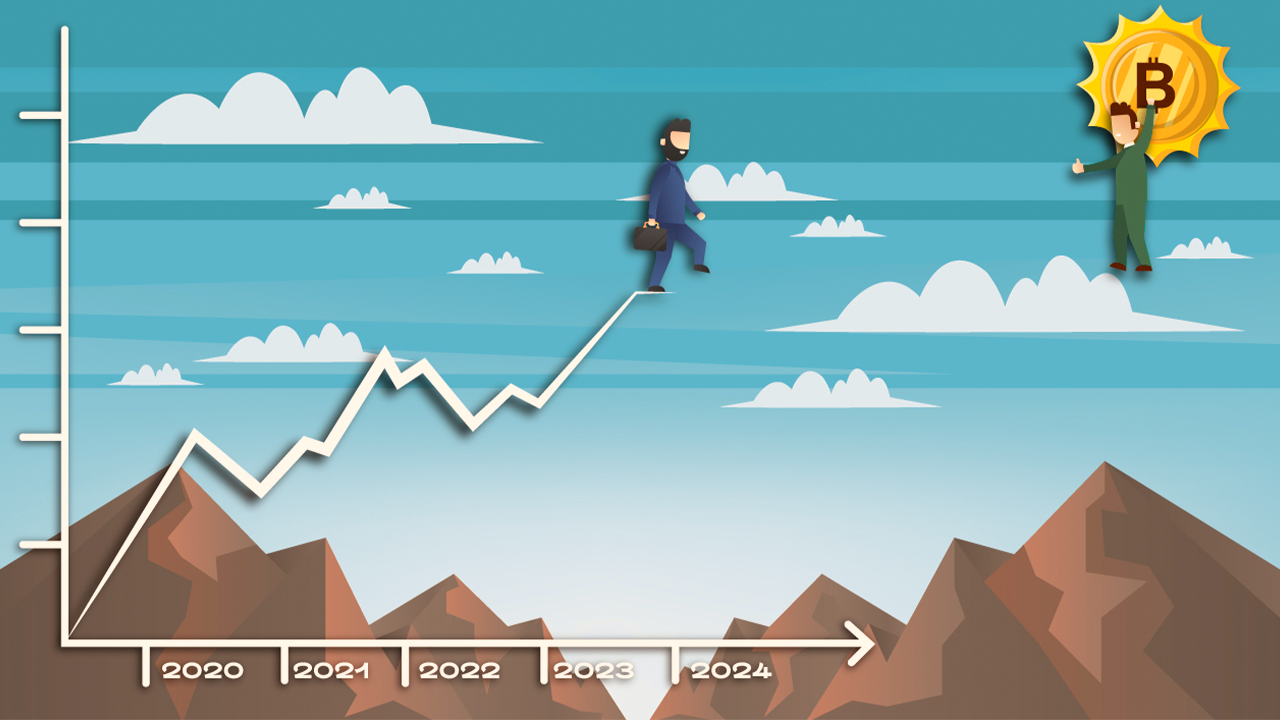Standard & Poor’s: A Lush Facade and Dilapidated Walls
The US stock market benchmark is confidently climbing upward. Nothing can stop it: neither the tight monetary policy of the Federal Reserve, nor the lack of liquidity in the financial system. It seems that the forecasts of many alarmists who predicted an imminent recession did not work. So, we continue to grow, there will be no recession?
It's not that simple. There are indeed signs of a decline. Take, for example, the inversion of the yield curve of US bonds: we saw it on the eve of the 2008 crisis and the dot-com crash. And also in August 2019, six months before the corona dump.
Since July 2022, the curves have been inverted again - this has never happened for so long.
The S&P is increasingly looking like a decorated portico, the columns of which have cracked. The Russell 2000, an index of small companies, says much more about the state of the American economy. It has been in a sideways trend for over three years now — and this is with a depreciating dollar!
It turns out that the S&P is being artificially accelerated by several mammoth companies.
There is something else. Have you ever wondered why the S&P has been growing for the last two years in the context of a tight monetary policy, in the absence of liquidity injections from the Fed and the Treasury? It's simple: due to debt. Market participants are increasing leverage, and corporations are arranging record-breaking buybacks. A classic bubble that can burst.
It is important to be prepared for a market crash. Stocks will then collapse and are unlikely to recover quickly. The loss of trust in the traditional financial system will inevitably lead to a flow of liquidity not into the stock market, but into gold and decentralized assets such as BTC or Ethereum.
The future belongs to DeFi!
#yield_curve_inversion #financial_bubble #cryptocurrency #BTC #MFS




Комментарии
Отправить комментарий